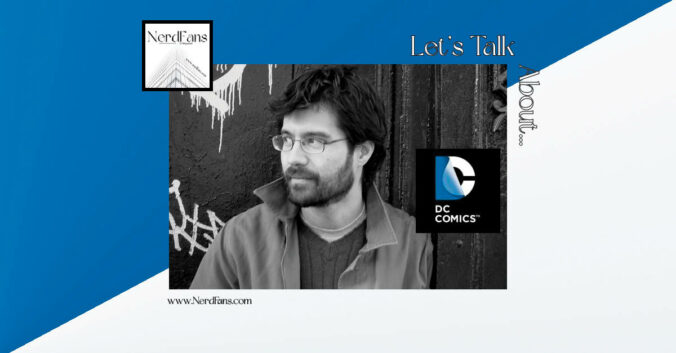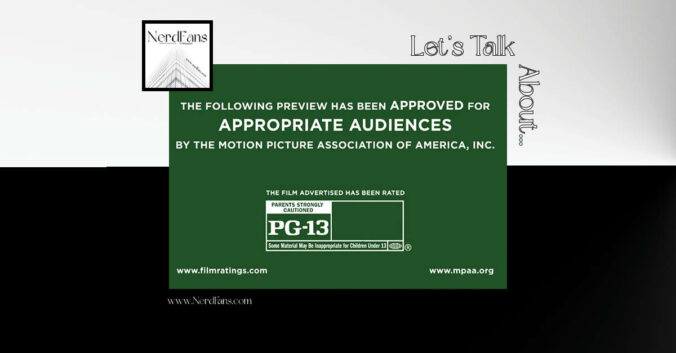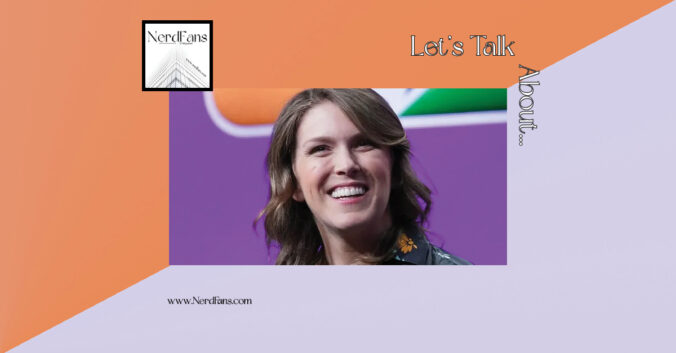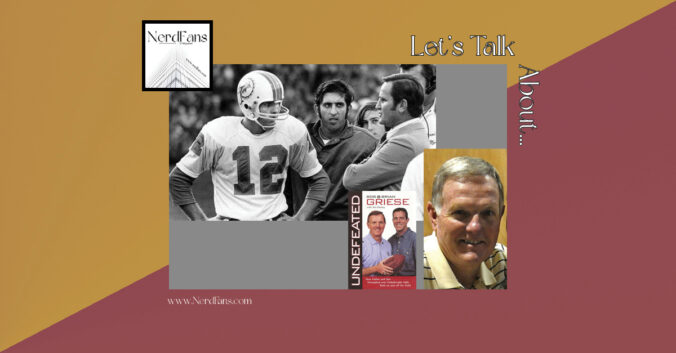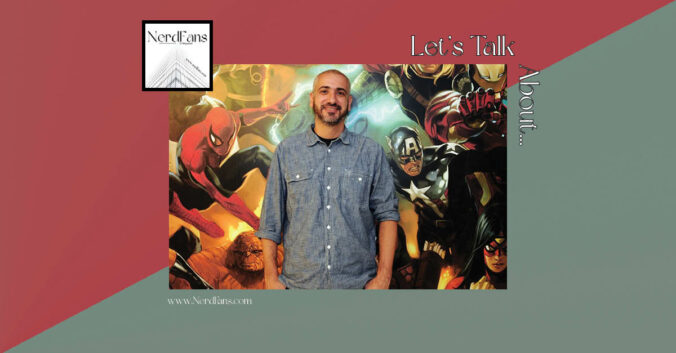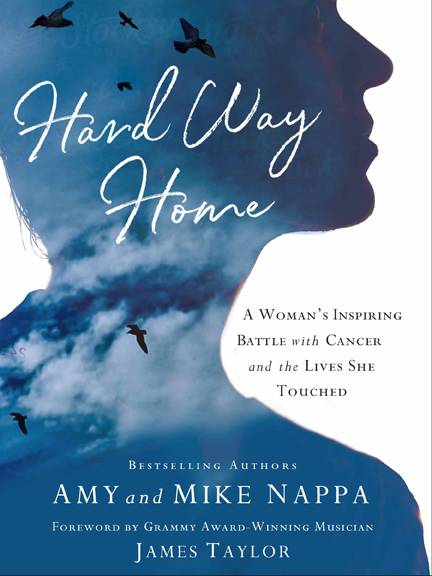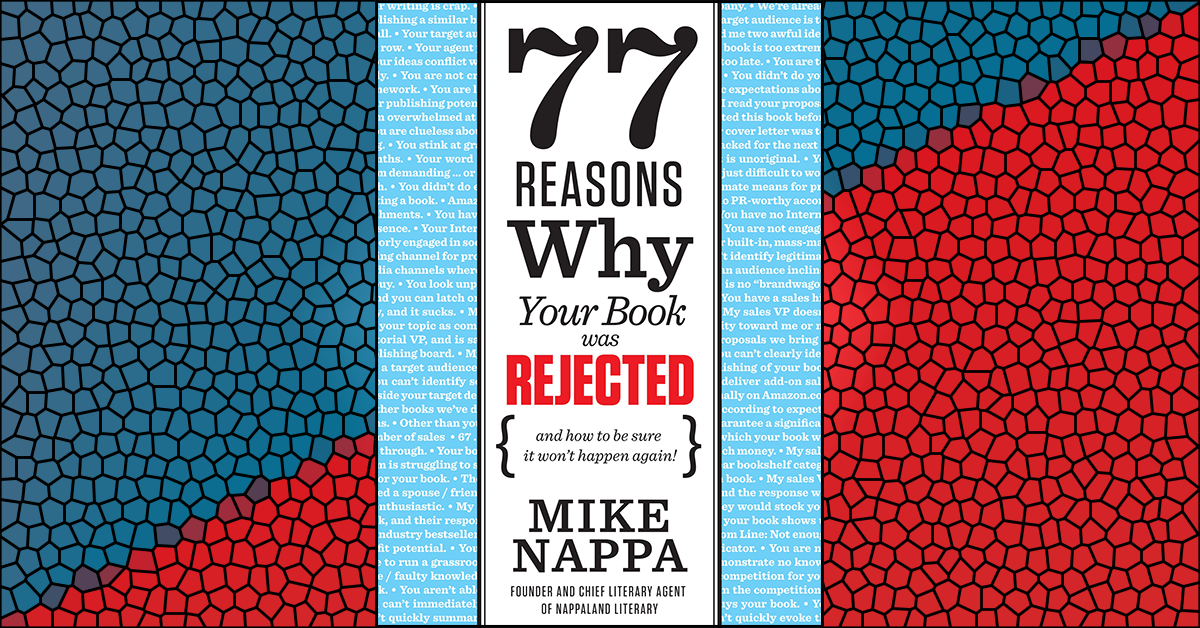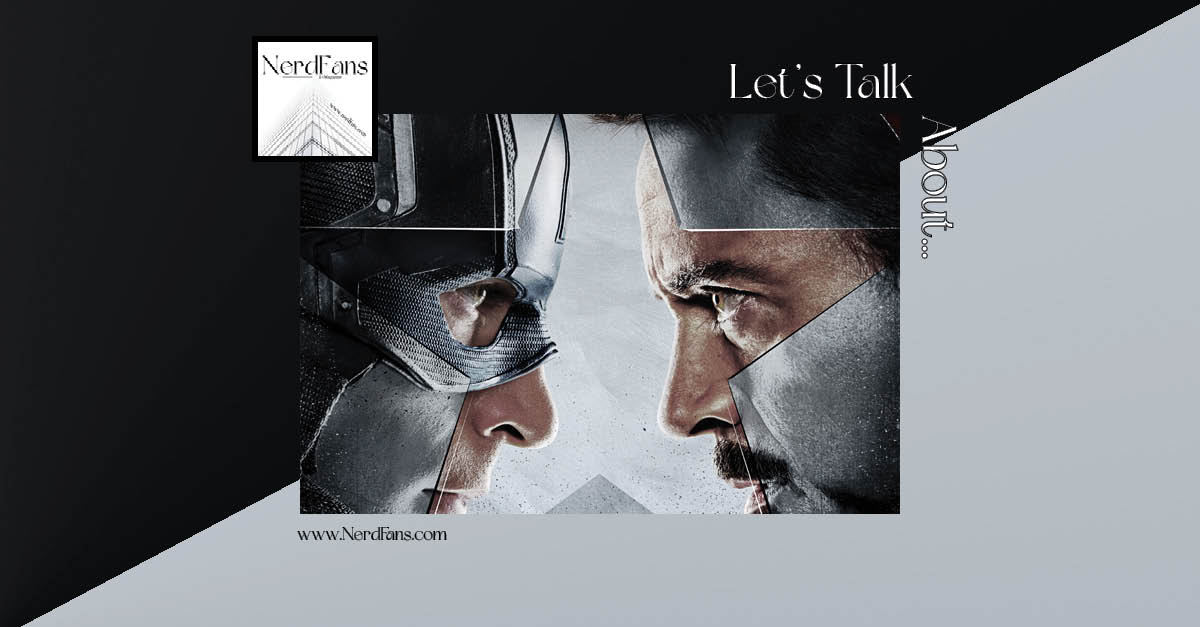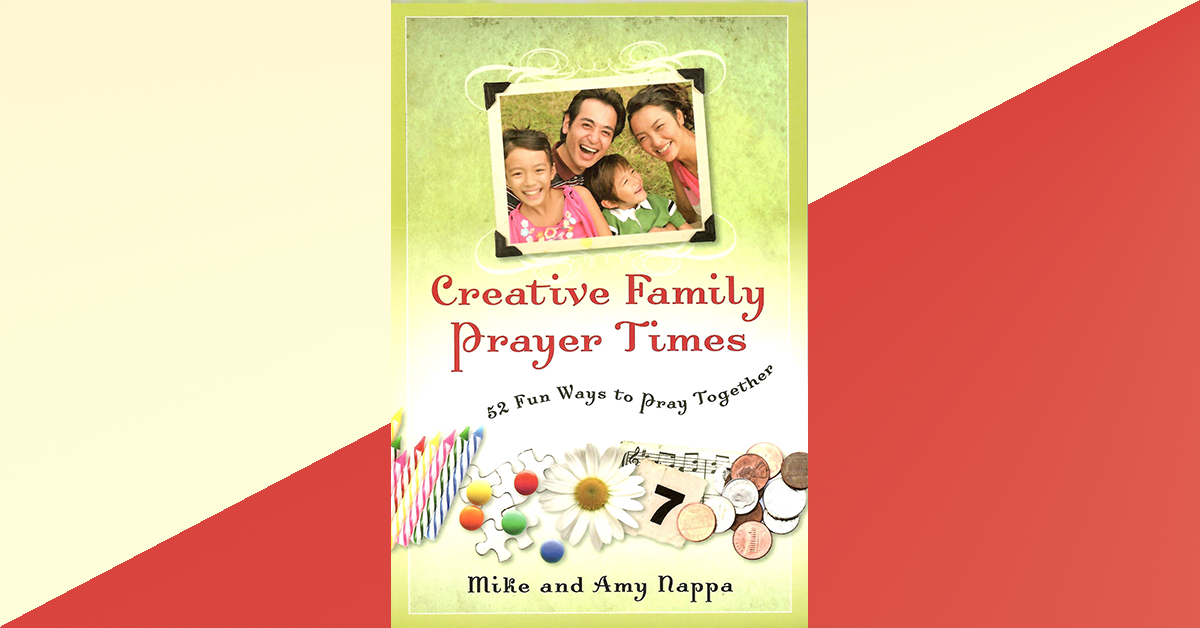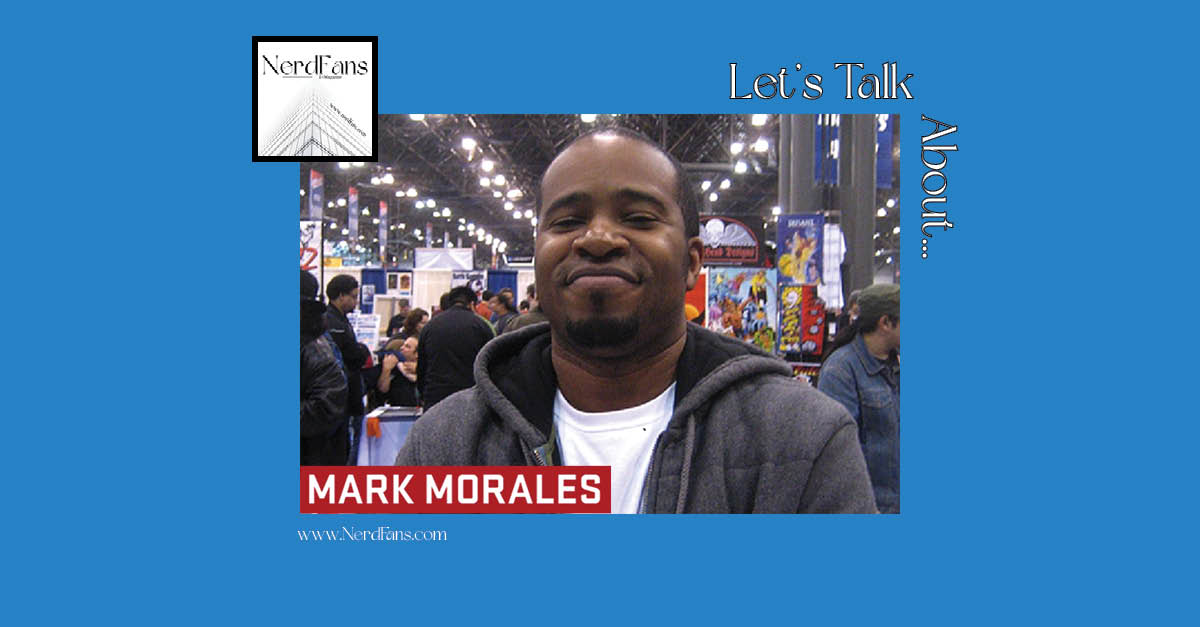A DC Comics Writer Talks Superman, Teen Titans, and What Scares Him Silly.
In case you’re wondering, yes, there’s a reason why acclaimed DC Comics writer Greg Pak wears glasses and not contact lenses:
Fear.
Yep, the guy who creates the most dangerous adventures of courageous heroes like Superman and the Teen Titans is afraid to do something millions of junior high kids do every day: Touch his eye. In fact, that kind of thing is his greatest phobia. “Things in my eye,” he admits with a shudder. “Ugh!”
Still, when a writer is as talented as Greg Pak is, he can be forgiven for a certain level of ocular squeamishness.
After all, he sees the stories that mere mortals like us can’t even imagine—and he brings them to life month in and month out in the pages of our favorite comics.
Here’s just a glimpse of his (impressive!) bio:
Greg Pak is an award-winning Korean American comic book writer and filmmaker known for writing Kingsway West for Dark Horse Comics; Batman/Superman and Teen Titans for DC Comics; and The Totally Awesome Hulk for Marvel…Pak’s run on Marvel’s “Incredible Hulk” was named the Best Ongoing Series of 2007 by Wizard Magazine, and he created the character of Amadeus Cho (The Totally Awesome Hulk), who won a 2005 Marvel.com fan favorite poll and co-starred for four years in “Incredible Hercules.” Pak’s “Magneto Testament” was named the Best Miniseries of 2008 by IGN, and he wrote the “Battlestar Galactica” series for Dynamite and the latest “Eternal Warrior” series for Valiant…
Well, there’s more, but you get the idea. Greg Pak is (as his college improv group used to call him) the whole “Pakage.” He’s also kind of a cool guy who took time out of his busy schedule to chat with NerdFans about comics, life, and yeah, superhero stuff. Here’s what he had to say:
Us:
To start off, how did you first discover comic books?
Greg Pak:
The first comics I read were probably the old Fawcett paperback collections of Peanuts strips. I read and re-read those a million times and absolutely loved them. The first actual comic books I remember reading are an old Richie Rich book and big oversized Superman and Spider-Man reprint books. The Spider-Man book was one of those huge Marvel Treasury edition books, and it probably had the biggest impact on me—it included the death of Captain Stacy, which was probably the first time I’d seen anything so tragic play out in something that was ostensibly for kids. I loved it.
Us:
What was the first comic you ever wrote?
Greg Pak:
I drew a comic book when I was six or seven that was three or four pages long about a dragon who went electric. What happened was that there was this dragon… and then he went electric. It was awesome.
Us:
Lately you’ve been writing Action Comics and Teen Titans. What goes into creating comics like those?
Greg Pak:
Whoa, that’s an enormous question! The cheeky answer is that the secrets to my entire process are revealed in MAKE COMICS LIKE THE PROS, a how-to book that Fred Van Lente and I wrote. (Seriously, though, it’s a good book and it’s actually got all the answers.)
But to boil it down in a few sentences… Whenever I take on a new work-for-hire project, I try to figure out what makes the characters work, and then I try to figure out a story that gets them into a ton of trouble that can provide big, fun action and genuine emotional movement/progress. That’s never quite as simple as it sounds, particularly with characters that have been around for decades. But then again, these characters have been around for decades because they each have something about them that’s fundamentally compelling and can provide great stories, if you just dig enough and come up with the right conflicts and challenges and questions.
Since these are superhero books, I also try to create a situation that requires the hero to step up and do the right thing—but that makes doing the right thing a very hard thing to do.
Us:
All right, gives us the inside scoop. What are three behind-the-scenes secrets you can tell us about your upcoming story arc for Teen Titans?
Greg Pak:
1. We’re delving deep into some great stuff from that amazing Azzarello/Chiang WONDER WOMAN run.
2. Wonder Woman is really fun to write.
3. Villains have to be as compelling as the heroes for the heroes’ stories to work. I’ll say no more. But we worked hard on going all-in emotionally with our big bad. The big payoff’s in issue #19. Hope it works for you!
Us:
How about Action Comics?
Greg Pak:
1. My last issue [was] the blockbuster #50, [March 9, 2016]. It’s the massive cap to our year-long TRUTH storyline, wherein Superman was stripped of his secret identity and most of his powers. In this issue, everything changes. I know we say that about every story. But seriously. In this issue… everything changes.
2. Vandal Savage, the immortal caveman turned supervillain, is the big bad.
3. If you want to dip back into my run for the most kid-friendly issue, I’d probably recommend ACTION COMICS #40, a Bizarro done-in-one, that artist Aaron Kuder just gloriously destroyed.
Us:
After a parent and a teenager read Teen Titans, what do you want them to talk about?
Greg Pak:
As the writer, I don’t generally try to influence that conversation through anything but the story itself—that’s the reader’s glory and fun. The same story can be enjoyed and interpreted in multiple ways by different readers; for the writer to indicate how it should be read ahead of time spoils that joy.
But I just love the idea that parents and kids might actually read the book together and talk about it. This is a story about a girl trying to figure out who she is, searching for answers about the restless power she feels inside of her, grappling with responsibilities towards friends and family. There’s a lot there—but it’s entirely up to each individual reader to find what speaks to him or her.
Us:
What would you say is the most important thing in life—and how does that show up in your work?
Greg Pak:
This will vary over the years. But at the moment, it probably boils down to the struggle to do the right thing. And how hard it might be to figure out what the right thing actually is. And taking responsibility for your choices no matter what.
That’s certainly played out in all my Superman books—Superman will always, always try to do the right thing. So the biggest challenges for him are when the world is so complicated that exactly what the right thing is becomes very murky. All that power… all that heart… all that heroism gets put to the real test when there are no easy answers.
—MN
Image credits and copyrights: Greg Pak; DC Comics. All rights reserved. Reprinted by permission.

